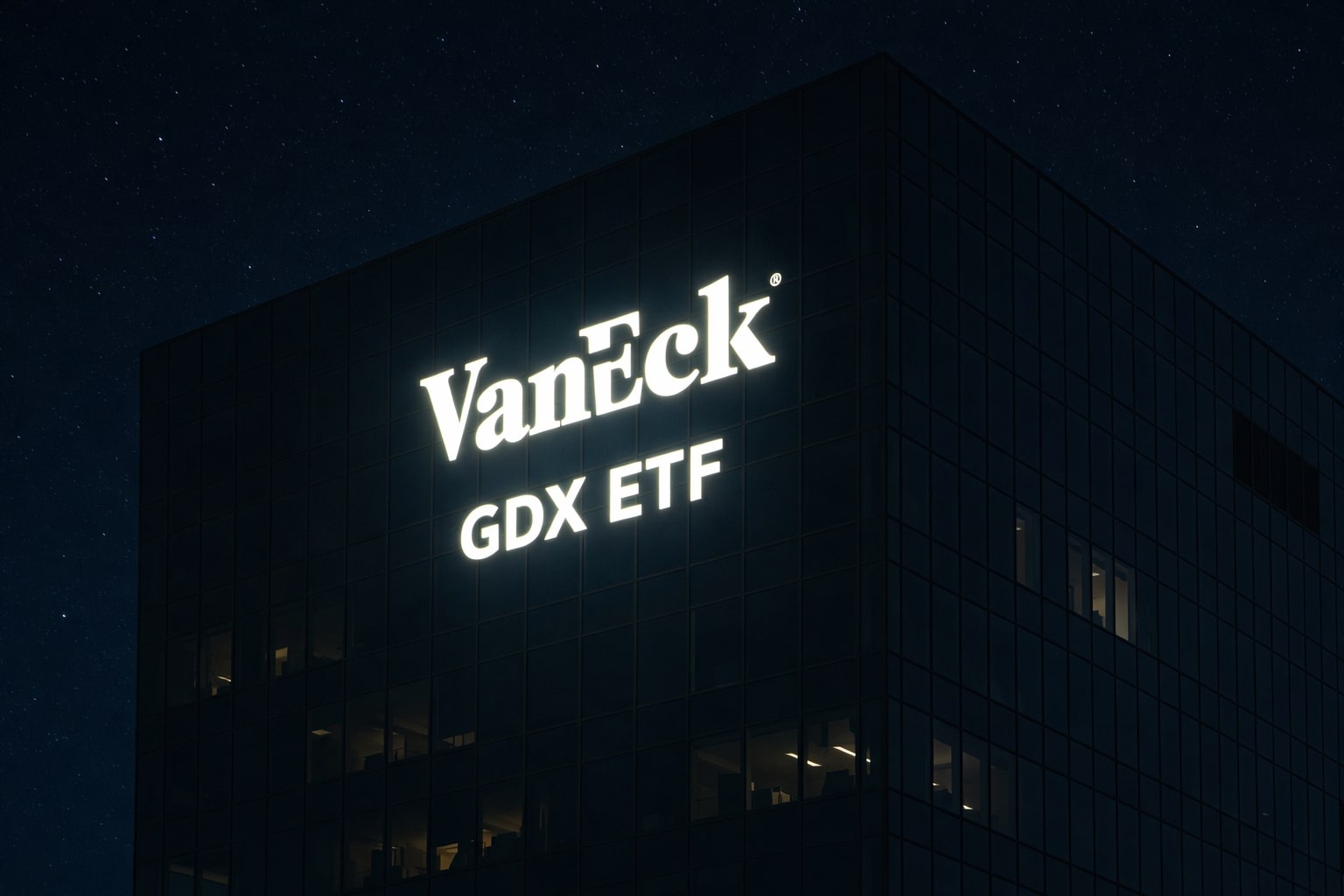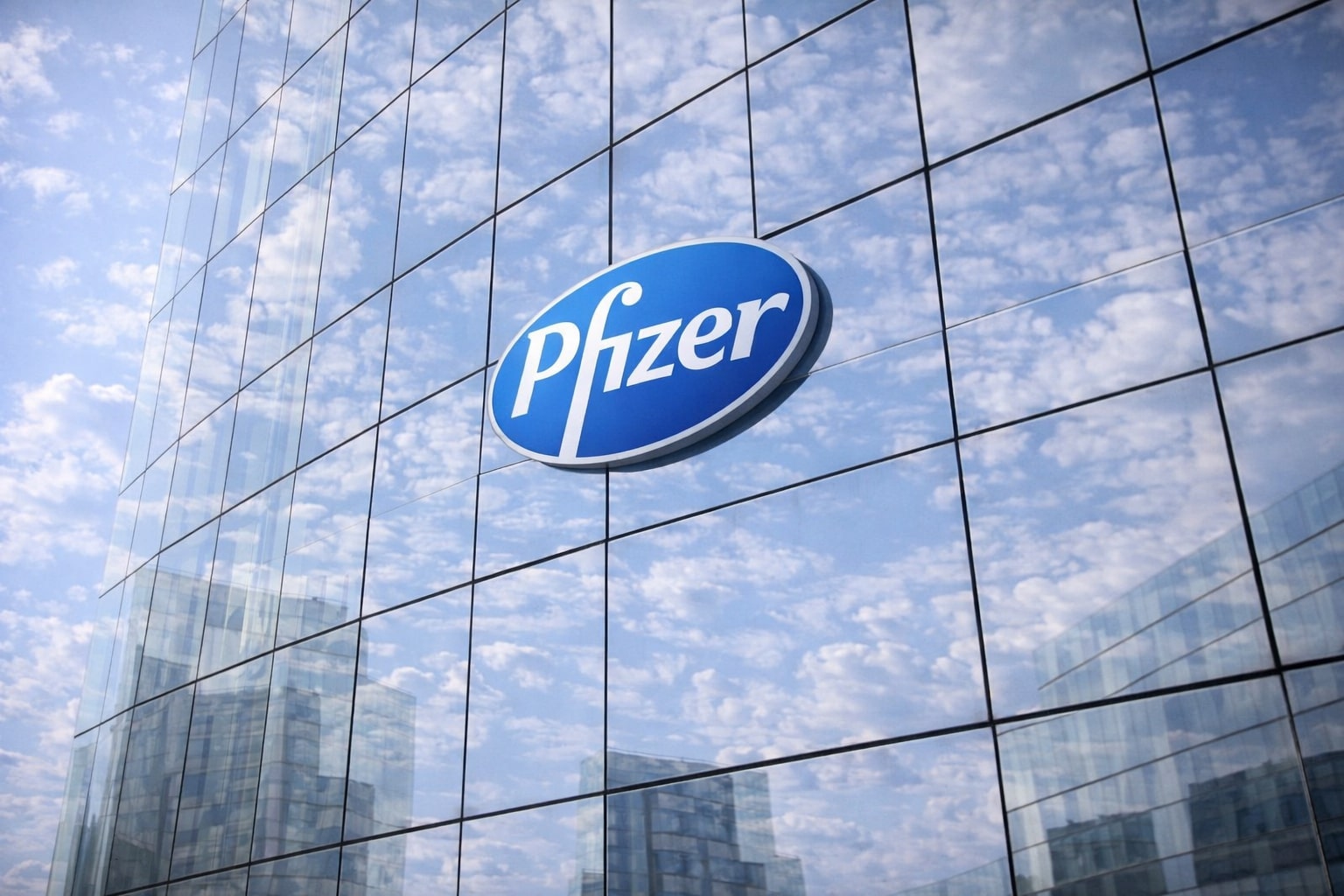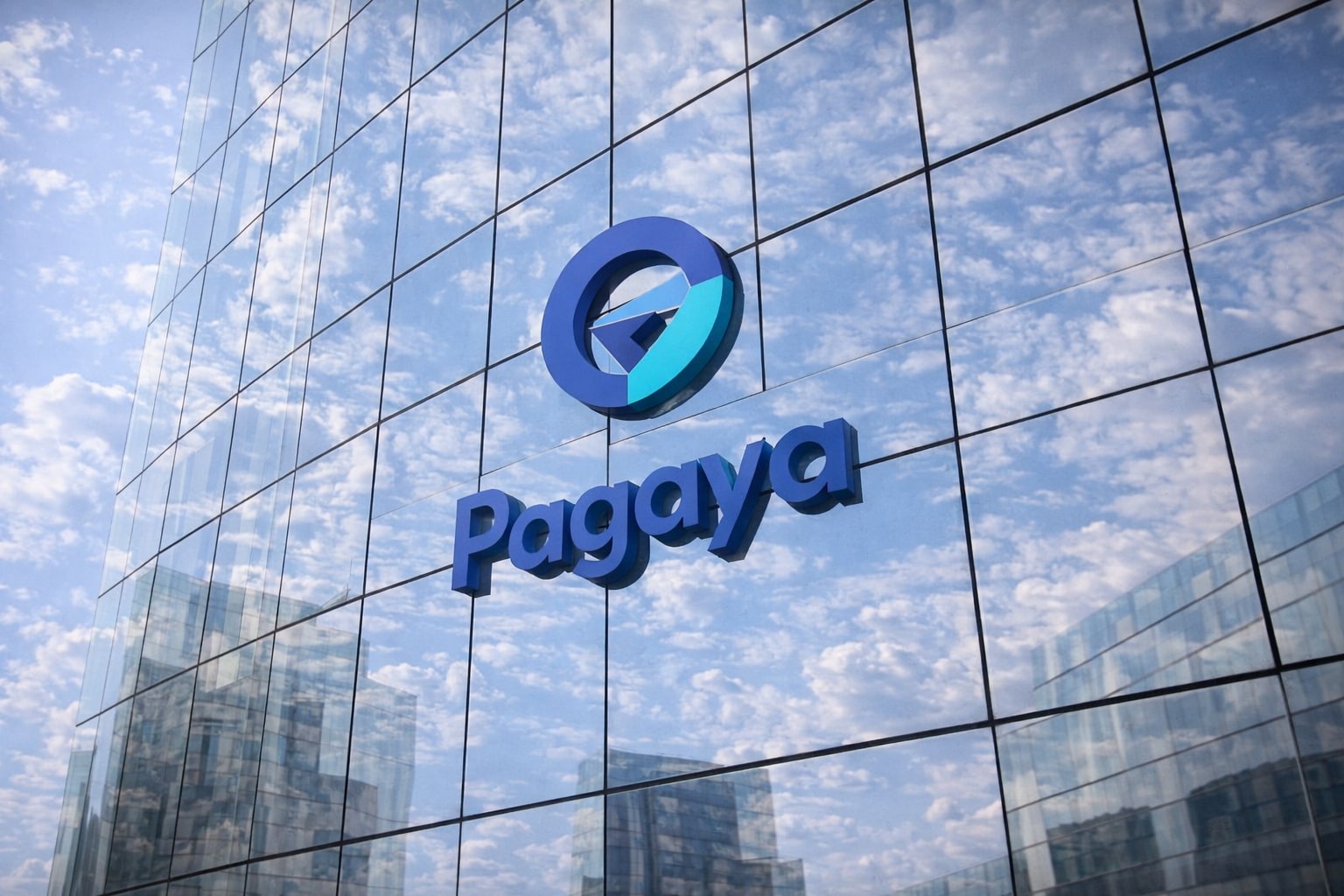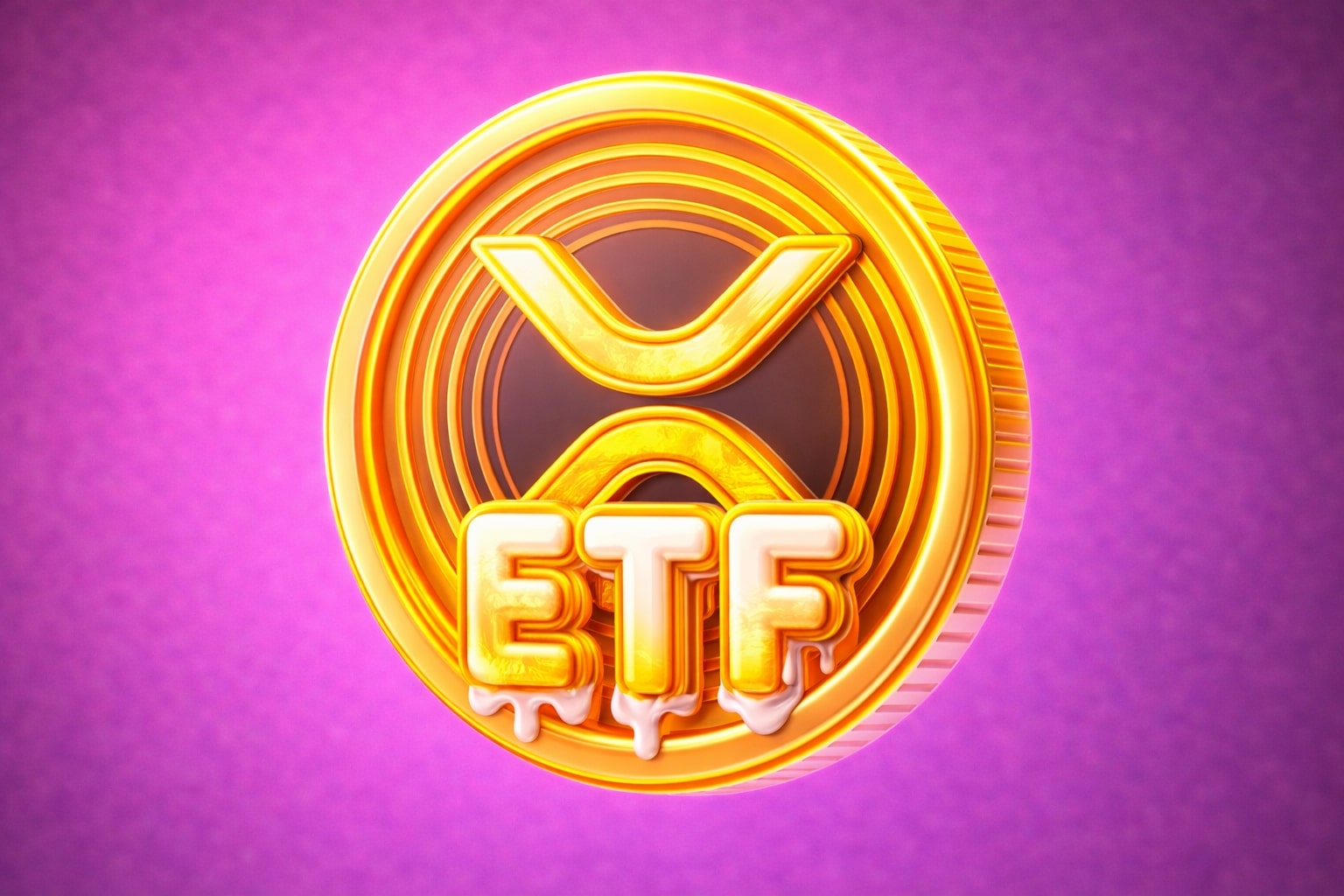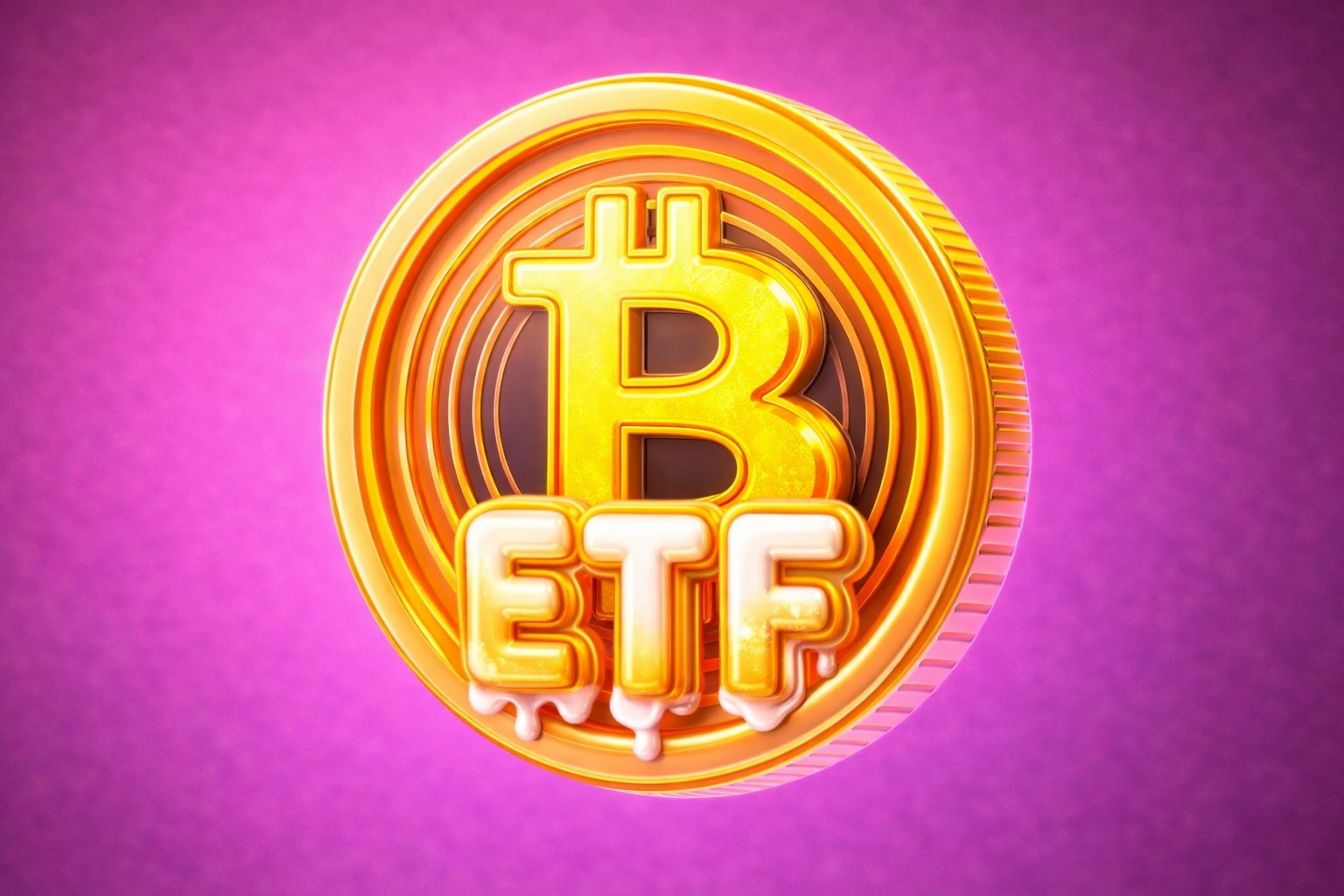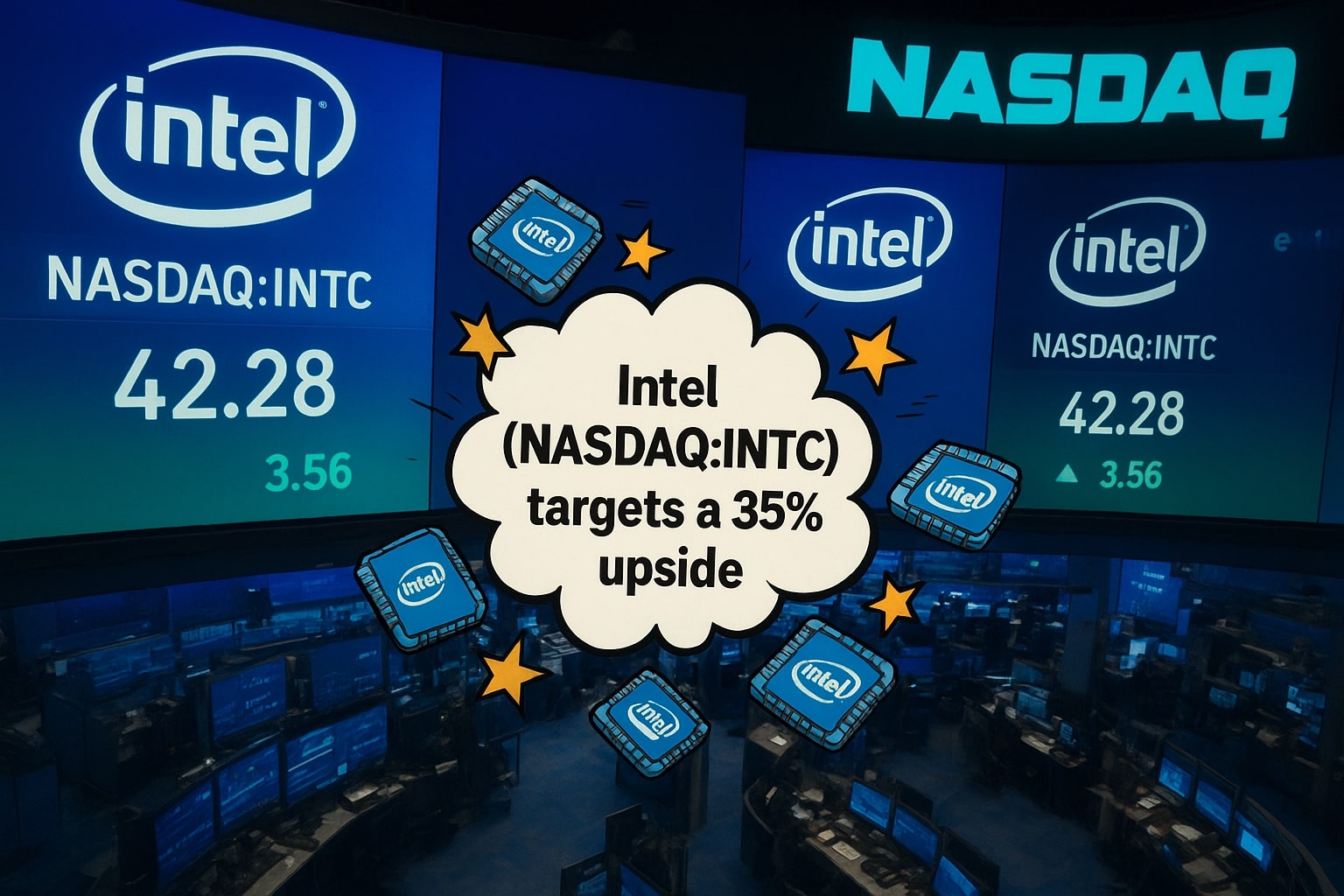
Intel (NASDAQ:INTC) Stock Targets $30 as AI Chips and 18A Foundry Shift Spark Revival
Gaudi 3 accelerator, PC demand rebound, and aggressive cost cuts drive INTC’s turnaround momentum into Q2 and beyond | That's TradingNEWS
Intel (NASDAQ:INTC) Battles the Bottom: Can Turnaround Momentum Lift the Stock Toward $30?
Real-Time Chart | Insider Transactions
Massive AI Catalyst: Gaudi 3 and ARC Lineup Begin Gaining Real Commercial Traction
Intel’s latest product push, spearheaded by the Gaudi 3 AI accelerator and ARC Pro B60 workstation GPUs, is finally beginning to translate into pipeline momentum. The Gaudi 3 — now available in PCIe and rack-scale configurations — offers 128GB of HBM2E memory, outclassing NVIDIA’s H100 on capacity, even if not on raw performance. This marks a significant shift in INTC’s AI competitiveness. The ARC Pro B60, featuring 24GB VRAM, enters a crowded space but is explicitly targeted at AI inferencing and creative workstation workloads. This is where Intel aims to undercut rivals not with brute force but with cost-efficient capacity and open ecosystem advantages. These new launches are now beginning to shape Q2 expectations positively, and early adoption from hyperscaler clients suggests they may start flowing into revenue recognition starting in late Q2 or early Q3.
Production Shift to 18A and 14A Nodes: A Foundry Gamble With High Leverage
Volume production of 18A — Intel’s flagship gate-all-around process node — is still projected for 2H FY2025, and Panther Lake CPUs and Clearwater Forest server chips are expected to ride this ramp. Internally, Intel has already signaled to some partners that it may shift foundry attention to 14A for external customers — a more conservative strategy aiming to protect yields while still offering leadership-class performance. TSMC still leads with its N2 node, but INTC’s 18A offers superior energy efficiency, per TrendForce estimates. Foundry revenue reached $4.7B in Q1, with operating losses still steep at $2.3B. However, the company narrowed that loss slightly from Q4 and is projecting incremental improvement as internal use of its own node expands. It’s critical to note that Intel captured 6.5% of the Foundry 2.0 market in Q1 2025, up 0.6% sequentially, making it the second-largest player after TSMC.
Cost Discipline Tightens: FY2025 OPEX Cut to $17B, FY2026 Target at $16B
New CEO Lip-Bu Tan’s operational discipline is evident. After previously projecting $18B in operating expenses for FY2025, Intel has revised that down to $17B, and even lower to $16B for FY2026. SG&A trimming is a key component of this reduction, while preserving R&D spending on AI and foundry initiatives. A fresh wave of layoffs in July is expected to reduce headcount costs further and contribute to a structurally leaner model going into FY2026. Operating leverage is particularly important here — even slight margin improvements can produce significant EPS upside, given Intel’s fixed-cost base.
Q2 Earnings Preview: Pessimistic Wall Street May Be Caught Flat-Footed Again
Intel is guiding for Q2 revenue between $11.2B and $12.4B, versus the consensus $12.8B. The market expects a 36.5% gross margin — down from Q1’s 37.8%. On a non-GAAP basis, management signals breakeven EPS, although whisper numbers among some analysts suggest potential upside to $0.05–$0.10 if AI revenue pulls forward or if OPEX cuts are more front-loaded than currently assumed. The PC refresh cycle is accelerating as enterprises replace fleets ahead of Windows 10 EOL. According to IDC, global PC shipments rose 6.5% YoY in Q2 to 68.4M units, and Intel’s top OEM customers — Lenovo, HP, and Dell — shipped over 40M of those. This directly benefits INTC’s CCG segment, which could counterbalance Foundry softness and support a sequential beat.
Valuation Snapshot: Forward P/E Still Misleading, P/S and Upside to $30+ Make Case for Expansion
At face value, INTC appears pricey with a forward P/E based on FY2025 consensus EPS of just $0.29. But this misses the forest for the trees. EPS is projected to grow triple-digits in FY2026, driving the multiple down to ~8.5x. At current prices around $22–$23, the stock trades at 1.875x forward P/S — historically well below its average 2.5x. A reversion to mean valuation on FY2026 revenue and slight outperformance implies a price target of $30.17, representing 35% upside. The discounted cash flow model, incorporating 6% organic topline growth from FY2026 onward and a 200bps annual margin expansion, pegs fair value at $29/share. This supports the thesis that INTC remains deeply undervalued, especially if execution improves.
Competitive Landscape: AMD and TSMC Still Dominate, But Intel Is No Longer Asleep
TSMC still controls over 67% of the pure-play foundry market and commands a 35% share of the Foundry 2.0 market. But INTC’s IFS has begun carving out a viable second-place foothold. Notably, Intel is still outsourcing 30% of wafers to TSMC, with plans to bring that down to 15–20% — a significant move that could start lifting margins materially once internal utilization of 18A hits scale. On the CPU side, AMD continues to erode Intel’s share in both desktop and server markets. However, Panther Lake — built on 18A — is expected to counter AMD’s performance-per-watt advantage if it meets internal benchmarks, creating a potential inflection point in FY2026. Collaboration with SK Hynix to integrate HBM into Gaudi accelerators signals serious ambition to play in the memory-intensive AI training space.
Policy Windfalls and U.S. Manufacturing: Intel Stands to Benefit From Domestic Tariff Shelter
Intel is among the primary beneficiaries of the proposed semiconductor tax credit expansion under the Trump administration’s “Big Beautiful Bill.” If enacted, credits would rise from 25% to 35% for qualifying facilities completed by 2026 — directly aligning with Intel’s planned U.S. expansions. By contrast, TSMC’s Arizona fab faces higher import tariffs and project cost overruns. This regulatory edge, if realized, would further improve Intel’s competitive position, especially in government and defense contracts, where chip provenance and national security sourcing are increasingly critical.
Balance Sheet Risk and Insider Activity: Leverage Remains High, But No Red Flags on Transactions
Intel’s debt load remains a concern at approximately $50B, and the company hasn’t repurchased shares since FY2022. Stock-based compensation is diluting shareholders at ~2% per year, which puts pressure on per-share metrics. Intel must navigate upcoming debt maturities while still investing heavily in fabrication and AI, which increases execution risk. However, insider transactions have not raised red flags so far — there are no large-volume sales ahead of earnings. Track insider data here.
EPS Path and Margin Leverage: Operating Structure Amplifies Upside If Gaudi 3 and 18A Deliver
The Street continues to underestimate Intel’s operating leverage. If gross margin can return to 42–45% by FY2026 (from current mid-30s), EPS could expand exponentially — especially as high-margin AI accelerators and internal foundry production ramp. A flat revenue line can still yield dramatic earnings gains when operating leverage is this steep. Q2’s print and commentary will be pivotal in showing whether those levers are in motion.
Buy, Sell, or Hold on NASDAQ:INTC?
Intel (NASDAQ:INTC) remains a Buy, with 35% upside toward $30.17/share based on valuation reversion, AI monetization via Gaudi 3, and foundry momentum on 18A. Risks remain in debt levels, foundry scaling, and ongoing AMD/TSMC pressure, but the market has overly discounted the stock. Flat revenue and conservative margin recovery in FY2025 can still generate significant upside through 2026 if execution doesn’t slip. This is a contrarian value play with a credible growth narrative finally materializing.
That's TradingNEWS
Read More
-
GDX ETF at $88 While Gold Tests $4,400: Are Gold Miners Poised for $100?
19.12.2025 · TradingNEWS ArchiveStocks
-
XRP ETF Boom: XRPI at $10.94 and XRPR at $15.49 as XRP-USD Clings to the $1.80–$1.90 Zone
19.12.2025 · TradingNEWS ArchiveCrypto
-
Natural Gas Price Forecast: NG=F Hovering Near $3.92 As Weather, LNG And Storage Collide
19.12.2025 · TradingNEWS ArchiveCommodities
-
USD/JPY Price Forecast - Dollar to Yen Near 157 as BoJ’s 0.75% Rate Hike Backfires on the Yen
19.12.2025 · TradingNEWS ArchiveForex














